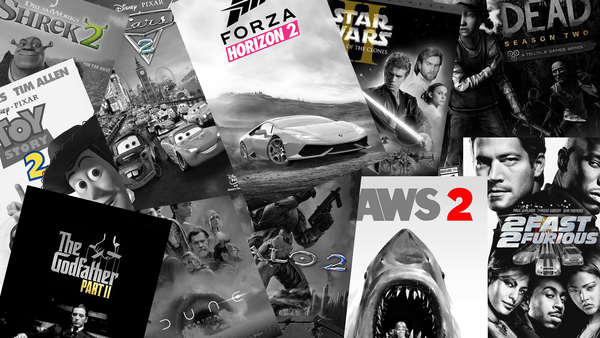When making a sequel, things are never easy. It’s a game of cat and mouse between maintaining expectations, adding worthwhile new features, and keeping things familiar for returning audiences. Because of this, not all sequels turn out great. Being a loser nerd such as myself, I tend to look toward video games as the clearest example of this. For the kinds of games that actually fit my niches and interests, The Legend of Zelda: Tears of the Kingdom and Ghostrunner 2 stand out. Both also happen to suffer from the same problems—which works out for me, since I have seven assignments due today.
When making a sequel, what makes or breaks the product is whether you actually understand what made the original so good. To cut to the chase, neither of the aforementioned games fully understand what made their predecessors shine. To be fair, both have some idea, but they play a guessing game with execution and end up falling flat.
Take Ghostrunner 2, for example. The gameplay is still intact, the OST is as awesome as ever, and the story is arguably even better than the original. What hurts it most is the level design. At the start, levels are more open-ended, sending you from point to point with constant backtracking to complete objectives. This is exhausting compared to Ghostrunner 1’s fast-paced, linear level design. The first game struck a balance between parkour and platforming, merging the two seamlessly and forcing the player to incorporate both into their playstyle. Ghostrunner 2 is incredibly unbalanced in that regard. Large portions of the game are purely platforming, only to be followed by massive combat gauntlets where parkour barely matters. Ergo, it’s not just “parkour” and “combat” that made the first game so good, it was the way the two were intertwined to keep the player engaged. The sequel feels like instead of baking Grandma a cake, you’re force-feeding her each raw ingredient until she has a heart attack.
Tears of the Kingdom frustrates me even more. Wherever it succeeds, there’s always a looming shadow of problems alongside it. The best way to describe the game is as if someone played Breath of the Wild for 10 hours, then tried making a sequel from memory. Every addition feels like it was thought through for about five seconds. The new abilities are fun in concept, but poorly accounted for in practice. Ultrahand, for instance, gives the player incredible freedom—but the developers clearly didn’t account for it. The entire main campaign can be cheesed with just three items and Ultrahand alone.
The worst part, though, is the story. Oh god, the story. It leans heavily on Breath of the Wild’s memory mechanic but forgets why it worked. In Breath of the Wild, each memory told a self-contained story that also contributed to the overarching narrative. The rebranded mechanic in Tears of the Kingdom tells one continuous story that only makes sense if you view it in order. To make things worse, two of these “memories” start with major spoilers… and they’re accessible right from the start of the game. On top of that, viewing practically any memory undercuts the main plot by answering the central mystery the game was supposedly building toward.
So where am I going with all this rambling? Well, it’s elementary, my dear fellow: what I said two walls of text ago still holds true. Understanding what makes a game good is the only way to make a good sequel. Don’t feed poor old Grandma raw ingredients—give her the cake. A good cake doesn’t need to be the same as every other cake, but the chef needs to understand why cakes taste good and apply that knowledge.
If you’ve read this far, I’m sorry, I’ve been wasting your time.

